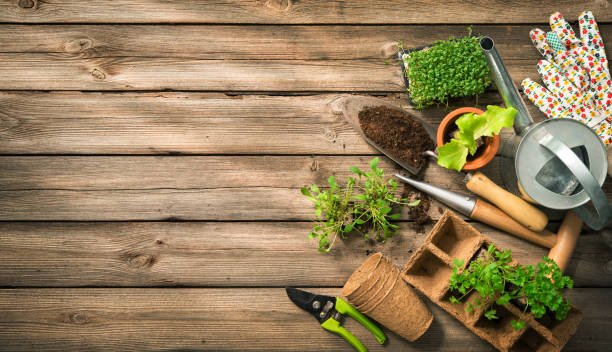Spring has arrived, which means it's time to get out your tools and get ready to plant and garden.
After a brief period of cold weather felt locally in North Carolina, trees are sprouting new leaves and daffodils are in full bloom.
March is the time to complete some gardening tasks.
The North Carolina Agricultural Extension Service offers several options you can consider if you want to maximize the growth and beauty of your garden for future enjoyment.
Now is the time to:
-
Fertilize the shrub.
-
Fertilize your precious shade trees.
-
Plant small fruit trees, vines, and fruit trees before they begin to bud.
-
Plant new shrubs and groundcovers.
-
Transplant trees and shrubs.
-
Broccoli, cabbage and cauliflower plants should be planted in the garden in mid-March.
Vegetables you can plant this month include beets, carrots, Chinese cabbage, kale, kohlrabi, lettuce, Swiss chard, turnips, potatoes, cabbage, broccoli, and cauliflower.
-
Prune fruit trees.
-
Prune spring flowering plants, such as Spring Breath (winter honeysuckle) and flowering quince, after they have finished blooming.
-
Roses are pruned in late March.
-
If necessary, prune shrubs such as abelia, mahonia, and nandina this month.
-
Cool-season lawns can be fed with a 10-10-10 fertilizer, but not slow-release fertilizers.
-
To help control crabgrass in your lawn, spray your lawn with crabgrass herbicide later this month.
-
This month we will continue dividing perennials such as daylilies, Shasta daisies, Gaillardia, and Coreopsis.
When you sow seeds in the spring, your garden will be ready for a bountiful harvest in the coming months.
Thank you for planting trees in Davidson County.


